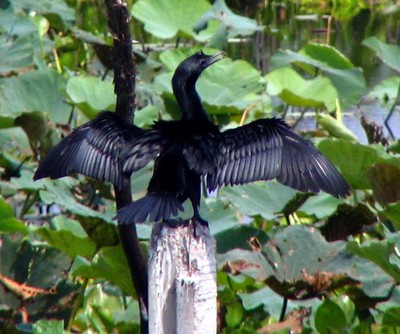
This is a breeding plumage of a little Cormorants.. Cormorants is so easy to spot at Tha Le Noi. According to one of the birder that I mingle with the comment of him is "to see cormorants is like seeing the a couple of hundreds of hornbill in Malaysia ". In Malaysia.. cormorants is a rare birds. place to spots it I still do not know yet, but it is listed as being seeing before but a vagrant visitor.
Below is the text extracted from encyclopedia of birds (edited by Dr Christopher M Perrins & Dr Alex LA Middleton)
Cormorants feed in inshore waters. Sharing fishing grounds with humans. The cormorants share with the rest of the pelican-like birds webbing that connects all four toes (totipalmate fee) and a throat (gular) pouch. Loose folds of skin under the throat form a small pouch but it is not as well developed here as in pelican, probably because it is not used to captures fish. The expandable throat area helps to accommodate and position large fish for swallowing, but it severs mainly as signaling devices as means for cooling down the body. These primary dark birds overheat quickly in direct sunlight. By panting and rapidly fluttering the gular pouch, bloods passing through rich concentration of capillaries is rapidly cooled.
Like all other water birds cormorants have oil glands at the base of the tail for proper feather maintenance; however their plumage is not waterproof. The special feathers structure allows water to generate quickly and drive the air out, enable them to sink and dive easily. After diving the wings are characteristically spread out, possibly to dry the feathers and as well could be the behavioral display or a means to warm up after a cold dive.
